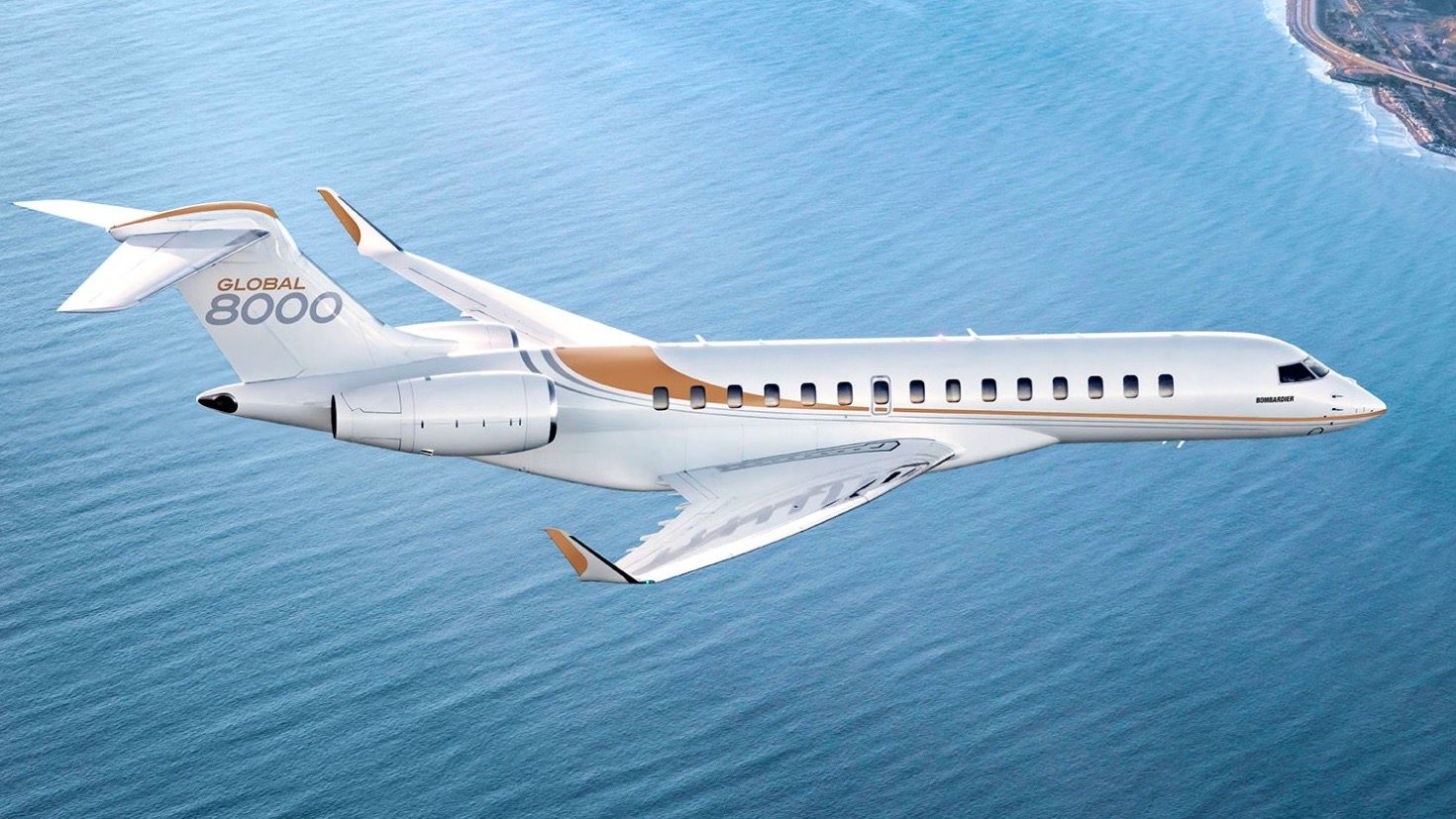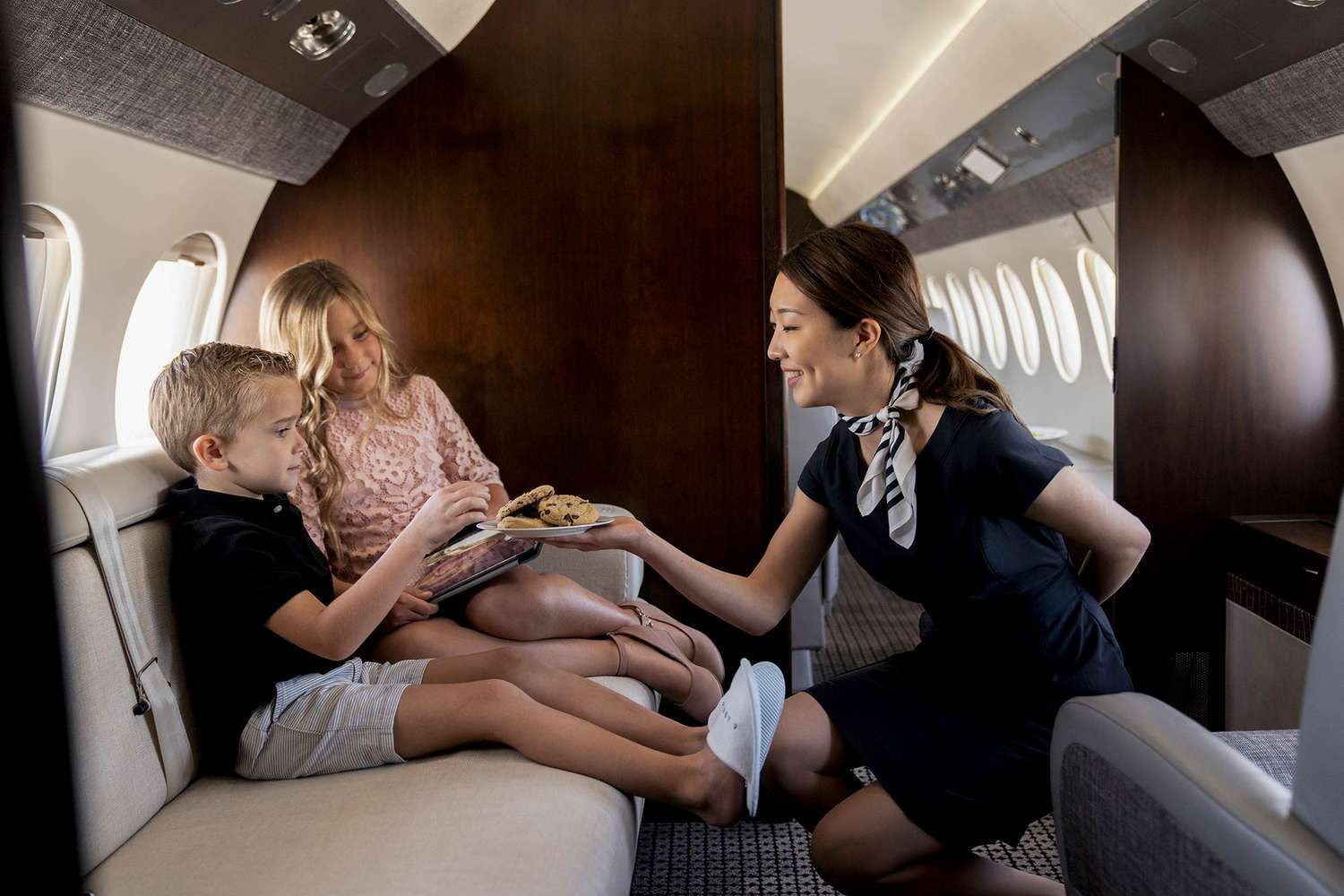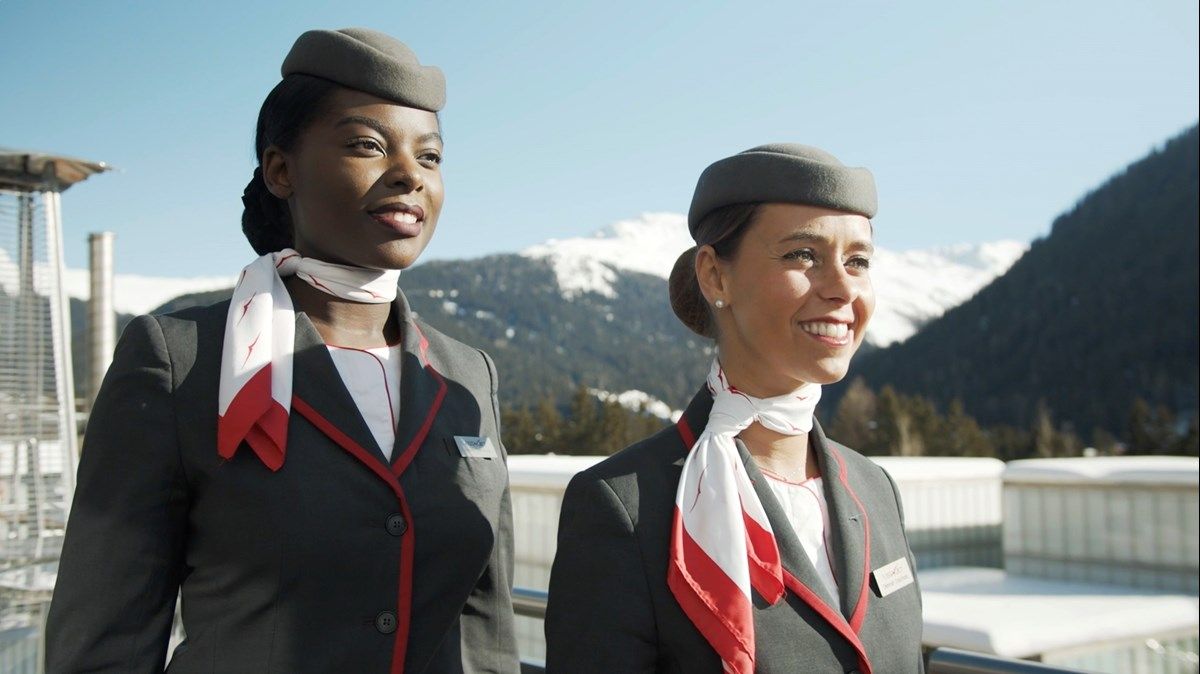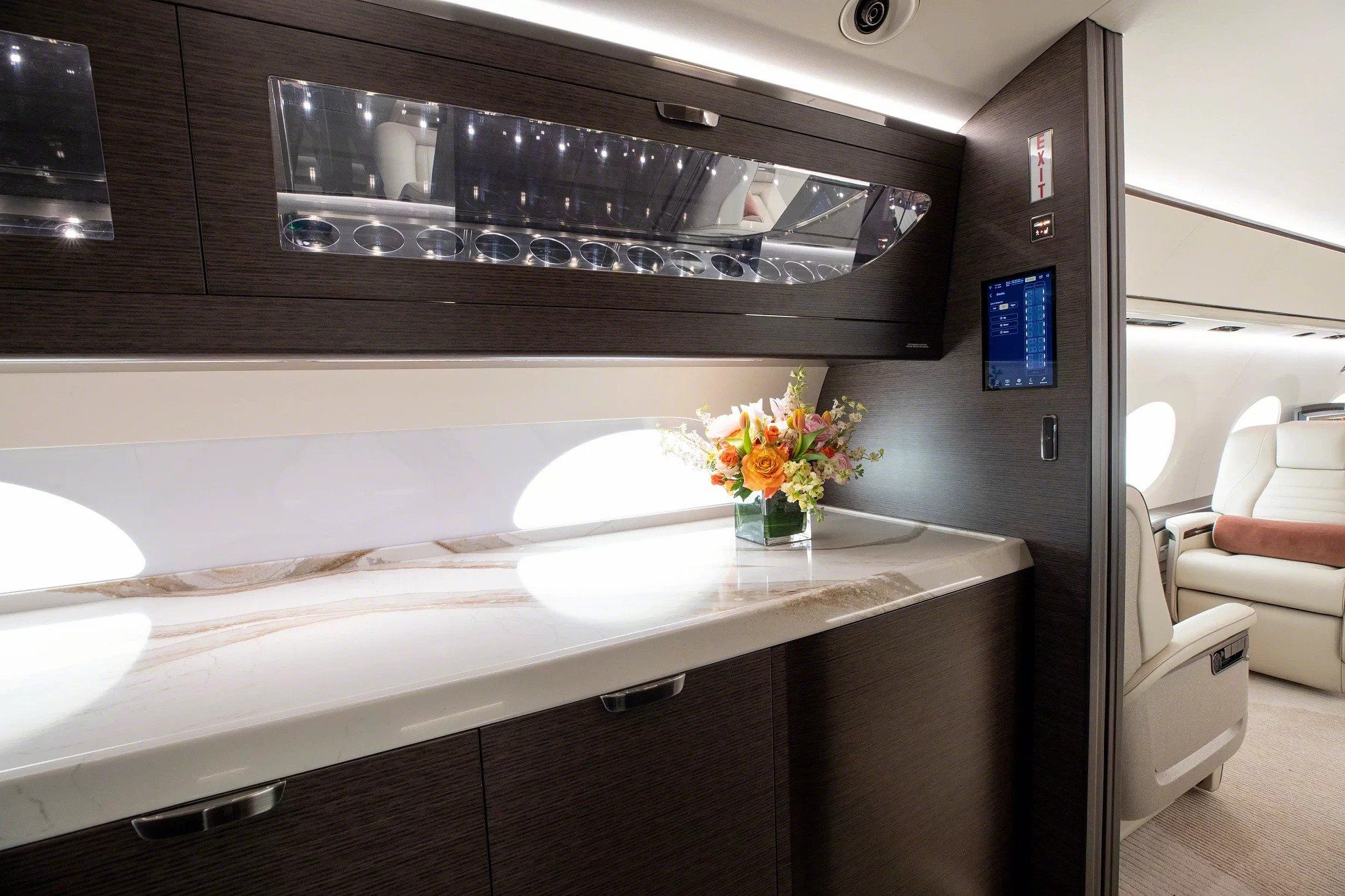Human factors in aviation is the study of human behavior on systems and performance. We can recognize that human error underlies most aircraft accidents or incidents rather than through mechanical failure. It is an understanding of human capabilities and their application to the design, development, and deployment of services and the interactions between personnel, the environment, and equipment. Here, we can take a look at human factors from the cabin crew’s point of view and working on a private jet.
Communication and teamwork
Communication and teamwork are essential to good crew resource management (CRM) and the developing relationship between cabin crew and flight crew. This was first brought into cabin crew training in the 90s, where cabin crew were encouraged to speak up more and communicate more effectively with the flight crew instead of being two separate teams. Airlines use CRM to minimize errors.
Photo: Planet 9
In most experienced cabin crew, there is the knowledge and trust that your colleagues will do all they can in an emergency situation. Within the private jet industry, you often work alone onboard and typically work with the same cabin crew and flight crew. If you have a great crew, CRM is a breeze, and the ‘trust’ remains. If you end up with a bad crew, there will be no CRM, and communication and teamwork will be limited, making it a very unpleasant and unfortunate environment to work in.
Stress and pressure
Working on a private jet is undeniably stressful; time pressure and demanding passengers do not make it any simpler. However, it is manageable. Planning and time management are crucial to remain efficient and safe and make the workload easier to manage.
Photo: Luxaviation | ANDREAS WEMHEUER
To avoid stress, assess the situation, use teamwork and CRM, communicate clearly, and understand the behaviors of others. If the situation becomes too difficult, speak to someone about it in confidence.
Fatigue
Fatigue can become an issue in business aviation. In commercial aviation, schedules are planned, and you have ‘flight time limitations’ (FTLs) which protect you somewhat. On private jets, there is no schedule, you fly on demand, and there are no FTLs – as such, there can be an element of ‘get-there-itis,’ which pushes the crew further and can lead to fatigue. Extra duties on the ground can also lead to fatigue after a long flight, such as cleaning the aircraft, buying stock, or ordering catering. Jet lag can also be an issue. It is essential to rest when needed, eat healthily, and drink enough water.
Distraction and complacency
In safety, you should never be complacent, but some people are, and it becomes a habit. They may not follow procedures or check that their equipment is serviceable under the assumption that the flight will be okay. If there is a fire onboard and the fire extinguisher is empty, it is already too late, and lives are at risk. Cabin crew should always be focused on the tasks at hand and not become distracted, as that’s when errors occur. Procedures such as ‘cross-checks’ are there for a reason and mitigate risk.
Photo: VistaJet
Interested in how human factors and CRM affect other areas of aviation? Find our guides here.
Situational awareness and decision-making
It is always crucial for cabin crew to be situationally aware, especially when working on private jets, as you are responsible for everything in the cabin but must remain mindful of the flight deck. Anything unusual should always be reported. In an emergency situation, the crew member must make decisions fast to avoid an accident. If trained well, the cabin crew will know exactly how to react to any emergency. Not all private jet crew are trained as cabin crew.
Ergonomics and design
In commercial aviation, ergonomics and design are very important, especially as more seats are being pushed into aircraft to increase airline profits. With private jets, comfort and luxury are everything, and price is rarely a factor, so there will be little issue with design becoming a problem.
Photo: Gulfstream
Some private jet manufacturers consult with flight attendants when designing their aircraft galleys, enabling their experience to make our workspace so much better.
In conclusion
In conclusion, human factors in aviation in the private jet world are more complicated than in the commercial sector and less regulated. There are so many elements to it. Human factors are essential to the design and operation of a safe and efficient flight. Performance can be optimized by the understanding of human limitations, and those limitations can be mitigated.
Sources: CAA Human Factors Handbook, Flight Safety





